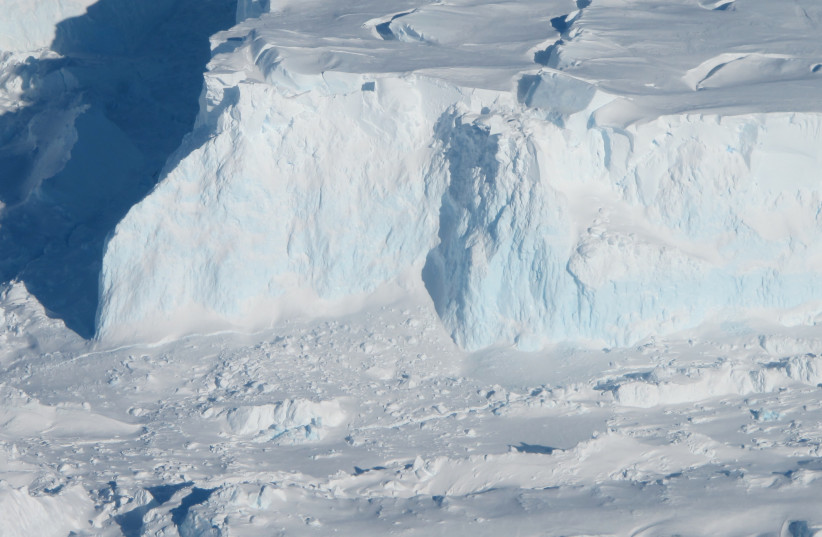A massive iceberg around twice the size of New York City broke off of Antarctica's 150 meter-thick Brunt Ice Shelf on Sunday after snapping along cracks made over the last few years, the British Antarctic Survey (BAS) announced.
The break itself happened sometime between 7 p.m. and 8 p.m. UTC (or 9 p.m. and 10 p.m. Israel time) during a spring tide.
The cracks were naturally developing but ended up when the crack, known as Chasm-1, extended across the entire ice shelf.
How big is the iceberg?
The iceberg in question was noted to be around 1,550 square kilometers in area. For context, the total land area in New York City, the most populous city in the US, is just around 770 square kilometers in area. Of course, the New York metropolitan area is far larger.
How did the iceberg break free?
The iceberg breaking free is something scientists saw coming.

BAS glaciologists stationed at the BAS Halley Research Station on the Brunt Ice Shelf in Antarctica had been monitoring Chasm-1 for years, noting that it seemed to have widened in 2016. However, the Brunt Ice Shelf has a complex glaciological structure so details surrounding the cracks calving are very hard to predict. In fact, the glaciological situation is so unpredictable that the Halley VI Research Station has been unoccupied for the last six winters.
Most notably, despite the fact that climate change is indeed a very real and growing problem impacting the entire world, including polar ice caps, glaciologists maintain that it was in no way related to what occurred here.
"This calving event has been expected and is part of the natural behavior of the Brunt Ice Shelf. It is not linked to climate change."
Prof. Dominic Hodgson
"This calving event has been expected and is part of the natural behavior of the Brunt Ice Shelf. It is not linked to climate change," BAS glaciologist Prof. Dominic Hodgson said in a statement.
"Our science and operational teams continue to monitor the ice shelf in real-time to ensure it is safe, and to maintain the delivery of the science we undertake at Halley."
It is also not related to the Larsen C Ice Shelf, which had undergone very rapid and notable calving in recent years.
Scientists know this because of how extensively monitored the Brunt Ice Shelf is – in fact, it may very well be the most closely monitored ice shelf on Earth.
But what about the iceberg? What's going to happen to this thriving metropolis-sized slab of ice now floating in the ocean?
Well, for starters, BAS glaciologists intend to keep track of it to see where it drifts. But in terms of designating it, currently, it lacks a name.
However, the US National Ice Center will end up giving it a name of its own.
